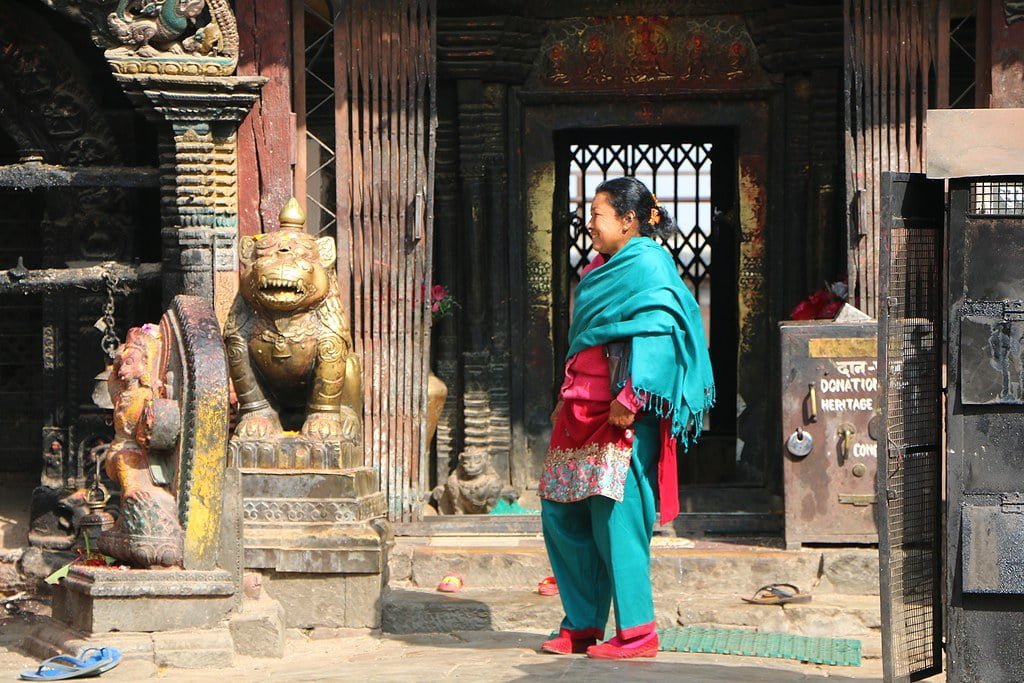What Is the Meaning of Kirtipur in Nepali?
When you ponder the meaning of Kirtipur in Nepali, you embark on a journey through the annals of time, unraveling a tapestry woven with tales of glory and valor. Intrigued by its etymology and historical roots, you may find yourself drawn to explore the cultural tapestry and symbolic significance of this ancient city. What secrets lie beneath the surface of Kirtipur's name, waiting to be discovered?
Etymology of Kirtipur
Have you ever wondered about the fascinating origins of the name 'Kirtipur' in Nepali? The name 'Kirtipur' has a rich and profound meaning derived from Sanskrit, signifying 'glory city.' This traditional Nepali name holds deep cultural significance and is intertwined with the historical roots of the Kirat Kingdom. The etymology of Kirtipur reflects the city's esteemed status, highlighting its importance in the region.
The translation of 'Kirtipur' as 'glory city' encapsulates the essence of this historical settlement. The term not only signifies grandeur but also alludes to the city's prestigious past. Understanding the etymology of Kirtipur unveils a narrative of cultural pride and traditional heritage. It serves as a reminder of the city's historical importance and the legacy it carries from the Kirat Kingdom.
The roots of Kirtipur's name delve into the Sanskrit language, where 'Kirti' translates to 'glory' and 'pur' means 'city.' This linguistic fusion encapsulates the essence of Kirtipur, portraying it as a place of grandeur and significance. The etymology of Kirtipur serves as a window into the past, offering valuable insights into the cultural and traditional fabric of this historical city in Nepal.
Historical Significance of Kirtipur
The historical significance of Kirtipur resonates through its pivotal role in shaping Nepal's political landscape and cultural heritage over centuries. Kirtipur, originally established in 1099 A.D. as part of Lalitpur territory, holds a deep-rooted history intertwined with the Shah dynasty. The city's anti-monarchy stance became particularly notable during the 2006 mass uprising, where it played a crucial role in the movement against the monarchy.
- Kirtipur's resistance against the Gorkhali kingdom in 1767 showcases its unwavering spirit and determination to maintain its independence. The annexation to the Gorkhali kingdom was only successful after numerous attempts, highlighting Kirtipur's resilience and fierce defense of its sovereignty.
- Bhairab Singh, masquerading as Kirti Laxmi, emerged as a symbol of bravery during the conflicts with Gorkhali troops in Kirtipur. This historical figure embodies the courageous spirit of the city's inhabitants and their willingness to stand up against oppressive forces.
- The city's consistent opposition to monarchical rule and its active participation in movements like the 2006 uprising illustrate Kirtipur's enduring commitment to freedom and democracy. By continuously resisting authoritarian regimes, Kirtipur has become a symbol of resistance and a beacon of hope for those fighting for their rights.
Cultural Importance of Kirtipur
Imbued with a legacy of ancient traditions and architectural splendor, Kirtipur stands as a revered guardian of Nepal's cultural tapestry. This ancient city nestled in the Kathmandu Valley holds immense cultural significance, drawing visitors from far and wide to witness its rich history and traditional Newari architecture. Kirtipur serves as a living testament to Nepal's religious heritage, boasting a myriad of cultural sites such as temples, stupas, and monasteries that showcase the city's deep-rooted connection to spirituality and artistry.
The allure of Kirtipur lies not only in its physical structures but also in the vibrant festivals and ceremonies that bring the community together in celebration. The city pulsates with the rhythms of unique cultural events, offering a glimpse into the essence of Nepali traditions. As you wander the narrow lanes and historic squares of Kirtipur, you can feel the echoes of centuries past reverberating through its ancient walls, immersing yourself in a bygone era preserved in the present.
Kirtipur stands as a beacon of cultural preservation, a gem that shines brightly in the tapestry of Nepal's heritage. Its Newari architecture, religious sanctuaries, and lively festivals paint a vivid picture of a city deeply intertwined with the soul of Nepali culture. Visit Kirtipur, and let its cultural importance captivate your senses, inviting you to explore the depths of its profound legacy.
Symbolism of Kirtipur in Nepali
Exuding a profound sense of historical and cultural significance, the term 'Kirtipur' in Nepali encapsulates the enduring legacy and pride woven into the fabric of this revered city. The symbolism of Kirtipur in Nepali reflects a multitude of meanings that highlight its importance in the Nepali context:
- Glory City: The name 'Kirtipur' itself means 'glory city,' emphasizing the historical importance and cultural grandeur associated with this ancient city in Nepal.
- Heritage and Pride: Kirtipur symbolizes a rich heritage and evokes a deep sense of pride among its inhabitants, showcasing a legacy that is cherished and celebrated.
- Honor and Reverence: The term 'Kirtipur' signifies honor and reverence towards the city's past, traditions, and contributions to Nepali culture, fostering a profound respect for its historical significance.
In essence, 'Kirtipur' serves as a beacon of cultural magnificence and historical eminence in the Nepali landscape, embodying a legacy that continues to be revered and cherished by generations.
Modern Relevance of Kirtipur
With its dynamic blend of history and modernity, Kirtipur stands as a vibrant municipality in the heart of the Kathmandu Valley, embodying a rich tapestry of cultural heritage and educational opportunities. The city's historical significance is palpable through its numerous cultural and religious sites, making it a compelling UNESCO tentative site. Kirtipur's educational landscape flourishes with the presence of Tribhuvan University, drawing students and academics seeking quality learning experiences.
The growing population of Kirtipur reflects its appeal as a hub for education and cultural exploration. With an impressive 88.8% literacy rate as of 2021, the city showcases its commitment to knowledge dissemination and development. The media and communication landscape in Kirtipur play a crucial role in promoting cultural events and heritage, utilizing local radio stations, newspapers, and online platforms to enhance connectivity and visibility within and beyond the municipality.

